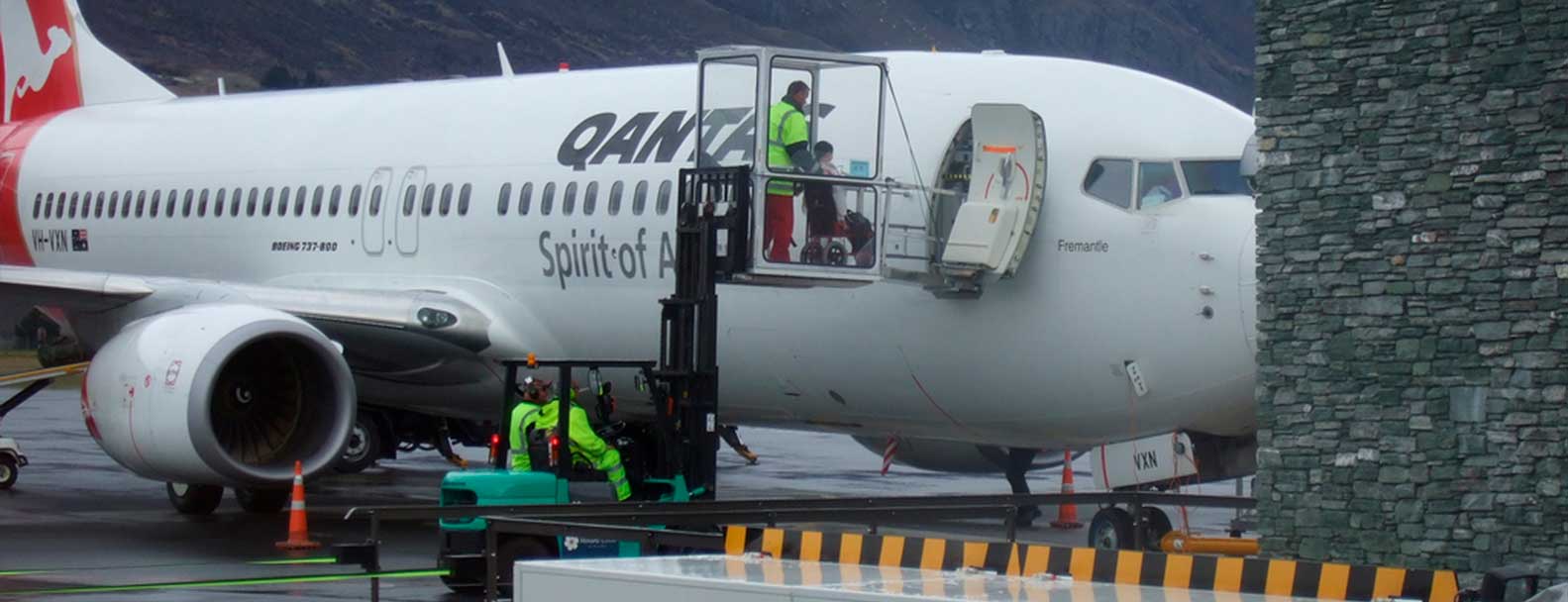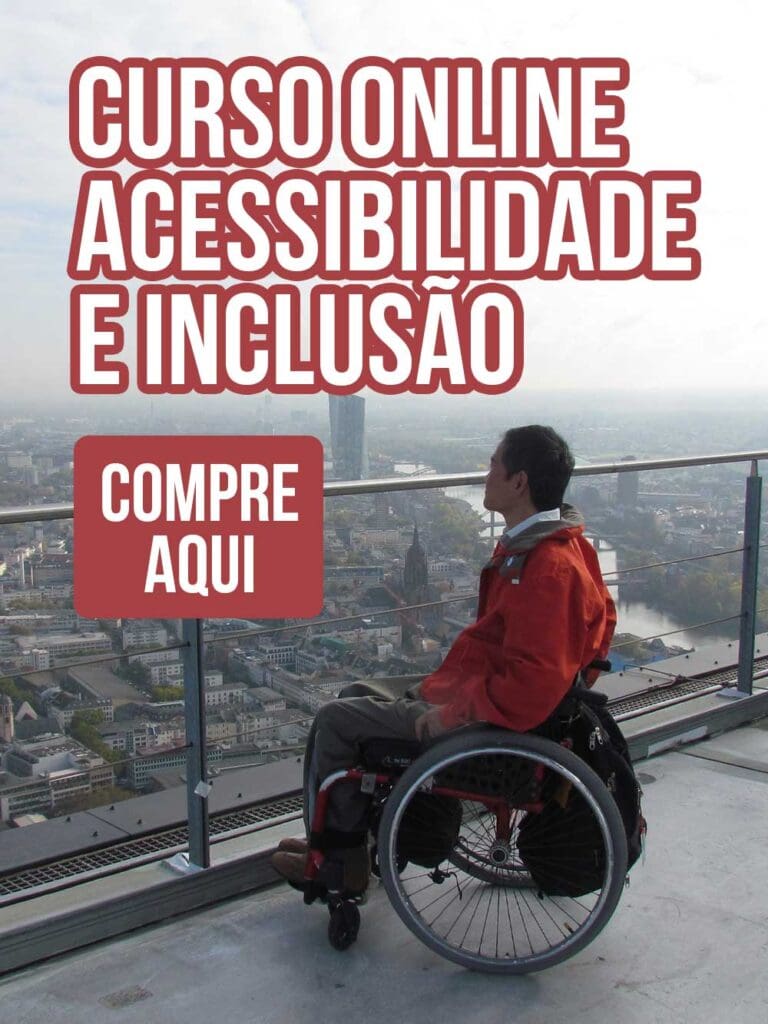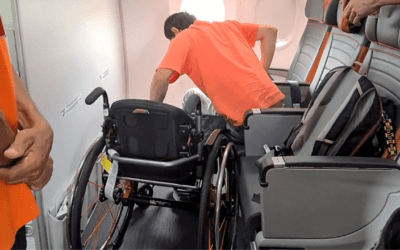
Air Travel with an Electric Wheelchair
In recent decades, growing awareness of and sensitivity to accessibility concerns have made it possible for people with mobility issues to explore more of the world than ever before. Sure, cobblestone streets and narrow doorways can still present some problems. But thanks to the increased presence of ramps, elevators, pull bars, and the like, wheelchair users have a lot more choices when traveling.
First they need to get their wheelchairs to their destinations, though—and this can be especially difficult for people who plan to use electric wheelchairs during their travels. All of that self-driving power comes in a big, heavy package that isn’t easy to move long distances.
“Isn’t easy” doesn’t mean “impossible,” though, and with a bit of planning you can have an electric wheelchair for use on your vacation.
First, Check with the Airline
If you’re flying and want to bring your own electric wheelchair from home, get in touch with your airline well in advance of your trip. Because of weight allowances, most airlines permit no more than one electric wheelchair on a flight. So before you book any tickets, contact your airline to find out its requirements and to make sure a wheelchair spot is still available on the flights you want.
Rent!
Whether you already own an electric wheelchair that you use regularly at home or are looking to use one just during your trip to make sightseeing less tiring, you may find it easier to rent one on site rather than have to deal with one while moving through a crowded airport, negotiating security lines, and getting on and off airplanes. Consider leaving your usual electric wheelchair at home, using a manual one during your journey, and picking up a rental electric wheelchair once you reach your destination.
This option does require you to do some advance planning to find out if rentals are available where you’re going (and, if they are, to prearrange for one). It also requires someone else (either a traveling companion or airport staff) to help you maneuver the manual wheelchair. But it’s a great option if you don’t want to deal with the logistics of moving an electric wheelchair over great distances, or if the wheelchair spots are no longer open on your desired flights.
If you want to have an electric wheelchair with you during the entire trip (door to door), look into renting one that is specifically designed for travel. Travel electric wheelchairs are lighter and more compact than regular electric wheelchairs; when disassembled, they have parts that usually weigh less than 80 pounds. They’re still very sturdy, though (most can support up to 300 pounds), and because these models can be folded or disassembled for transport by airplane or car, they increase your travel options by enabling you to use a standard taxi without having to wait for a special van with a ramp.
Whether you’re renting a wheelchair from a company at home or from a company at your destination, do your research!
Read all reviews carefully and verify that they were provided by actual customers (and not paid shills). Ask lots of questions to be sure you’re getting a wheelchair that meets your needs. Make sure you understand how to fix minor problems that can be easily repaired in the field (bring a tool kit with you) and find out what voltage adaptors might be needed for recharging the battery.
Taking an Electric Wheelchair with You
If you’ve decided to bring an electric wheelchair (whether it’s one you own or one you’re renting) on the plane with you, consider checking it at the ticket counter and using the airline’s wheelchair to get you to the gate. You can save yourself a lot of stress by letting the airport staff deal with the hassle of getting your electric wheelchair through the airport and onto the plane.
If you prefer to use your electric wheelchair all the way to the gate and check it there, though, keep these points in mind:
- Ask the airline in advance for the dimensions of the aircraft cargo compartment door. If your wheelchair can fit upright through that door, it probably won’t require disassembly. But if your wheelchair is too large for that passage, it will need to be disassembled. Be sure to tell the ticketing agent at check-in (before the security checkpoint) so he or she can make sure it is handled properly.
- The airline staff may want to remove the batteries from your wheelchair or may consider disconnecting them to be enough of a safety precaution. To minimize the possibility of removal, be sure you know how to disconnect and reconnect your batteries (practice this at home before your trip).
- Always keep attached to the wheelchair a copy of its disassembly/assembly instructions and information about its batteries.
- If you are planning to use your electric wheelchair to move between gates at a connection airport, keep in mind that the time between connecting flights may be insufficient for the airline staff to retrieve (and, if necessary, assemble) your wheelchair. For this reason, during layovers I recommend using the airport’s wheelchair service to move between gates.
NOTE: Airlines swap aircraft all the time, which means that the plane assigned to your flight when you book it may not be the same one that actually gets used. Therefore, call the airline during the 24-to-48-hour window before your flight to confirm that it has your reservation (for both you and your electric wheelchair) and to verify the size of the cargo doors. Until you are actually on board the aircraft, be prepared for last-minute changes—including those that might require the disassembly of your wheelchair. (Good thing you always keep those instructions with you, right?)
Airport Security with an Electric Wheelchair
Although electric wheelchairs can pass through airport security along with passengers and carry-on items, they often receive extra close inspection. So be sure to arrive at the airport even earlier than usual to give yourself the time you need to get through this process without feeling rushed (and without running the risk of being delayed so much that you miss your flight!).
If you’re unable to walk through the metal detectors and scanners, you can be screened while sitting in your wheelchair. This process usually includes a visual inspection and a screening for traces for explosives. It also includes a physical inspection in the form of a pat-down, which is necessary because passengers in wheelchairs cannot pass through electronic screening machines. (You may request a private pat-down, if you prefer.) You will also need to place your carry-on items as well as detachable wheelchair-related items (such as assembly tools, saddlebags, and baskets) on the X-ray machine belt.
Bon Voyage!
Wherever you decide to go with your electric wheelchair, a bit of research, some advance planning, and a dose of patience will go a long way toward making your trip a successful one!
Source: The Huffing Post
Compartilhe
Use os ícones flutuantes na borda lateral esquerda desta página
Siga-nos!
Envolva-se em nosso conteúdo, seus comentários são bem-vindos!
Artigos relacionados
Acessibilidade no transporte aéreo. Atualização das regras.
Acessibilidade no transporte aéreo. Revisão da Resolução nº 280/2013 da ANAC através de consulta e audiência pública.
Inclusão no filme Wicked. Atriz cadeirante chama a atenção.
Inclusão no filme Wicked. Marissa Bode é uma atriz com deficiência na vida real, e sua deficiência não foi um impedimento para a atuação.
Diretrizes da ANPTUR para o Turismo Brasileiro
Diretrizes da ANPTUR para o Turismo Brasileiro. Acessibilidade é um dos capítulos desse importante guia orientador para o turismo.






0 comentários